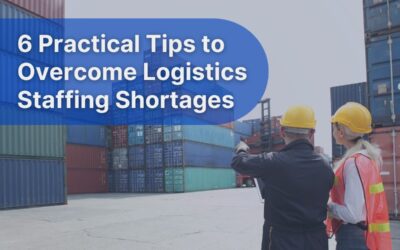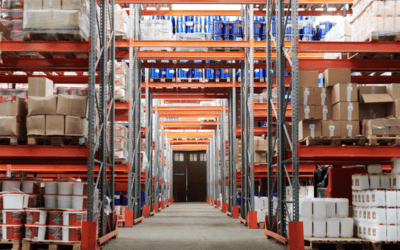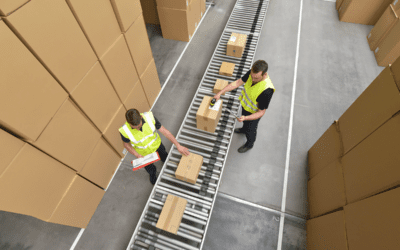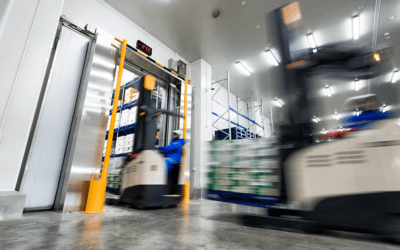Shortages in personnel. By far, this is the biggest challenge for your logistic enterprise in 2022. The number of open vacancies is skyrocketing. After the covid pandemic, every industry seems to have a shortage in staff. And these shortages keep on growing. The result? Higher pressure on your employees, higher costs for you as an entrepreneur, and a decreased influx of new personnel. So, how do you make sure your logistic organization keeps operating at a top level despite all these challenges?
Extreme workload in logistics industry
Every industry faces the burden of labour shortages. However, in the logistics industry, these are far beyond average. According to Dutch research (CBS), the industry ‘transportation and storage’ scores a worrying second place. With 40% of the entrepreneurs saying their employees suffer from a higher workload. In addition, higher employee costs and the lack of new adequate employees make it even harder to achieve the corporate goals.
How can you solve the labour shortages?
There is no simple solution for the labour shortages in logistics. At least, not soon. Good employees are and will be scarce in the near future. However, that does not mean you cannot do anything about it. Some companies try to attract (and keep) employees by increasing their wages. Other businesses focus on talent management or hand out bonuses. None of which seem to be the one key to success. Often, you will have to make the best of it. You will have to up your game. Then, efficient use of the resources you do have is a must. Which makes optimising your processes inevitable.
Increase efficiency
Working efficiently has always been important in the logistics industry. But with the current labour shortages, it is essential that your employees lose as little time as possible during their activities. In the office, but also in the warehouse or on the road. With the help of the right software, you can plan all activities efficiently. You plan the most efficient route for your trucks. Or you calculate the most efficient route for your warehouse employees automatically. In that way, you prevent losing precious time.
Reduce manual input
Besides working efficiently, you want your employees to work on important activities. Otherwise, you would not be focusing on keeping good personnel in your organization. Then, you do want to use their knowledge and skills in the right aspects of the process. Manually typing in all kinds of information into your digital systems is not one of those aspects. Therefore, invest in systems that can automate these processes. Or, have your customer enter orders themselves into your system. In other words, reduce the needed manual input of your employees.
With the help of our software, we can handle a higher volume with the same number of people. People who we can use for different activities. In the past, our employees had to do a lot of manual input. Now, they have a control tower function. They follow the planning and are a part of the entire process. Besides, there is no need for them to do boring input work anymore. They can follow more operations with less input.
Innovate continuously
Do you have a good system? Great! But do not sit back and stop innovating. The logistic world is always moving forward. As is the software that supports your daily processes. Before you know it, the process you now trust blindly will be aged and your processes are not as efficient anymore as you thought. Therefore, keep searching for new technologies that make your processes more efficient. And keep looking around, for other logistics service providers. There is always a smarter way!
5 tips to reduce manual input work
- Make sure you can quickly and easily receive order confirmations, receipts, and shipments
- Read in data – like invoices or NOAs – automatically into your system (read more)
- Reduce the error margin with workflows (read more)
- Work with email templates and inform customers with the push of a button
- Give customers insights into their own inventory via API or an online customer portal
Have software work for you. Not the other way around.
In short, capacity shortages in the logistics industry are not solved all of a sudden. However, you can arm yourself against the consequences. Make sure you can do more work with the same number of people. That is the key to success.
Do you want to learn how 3PL Dynamics optimises your processes? Contact us here!







